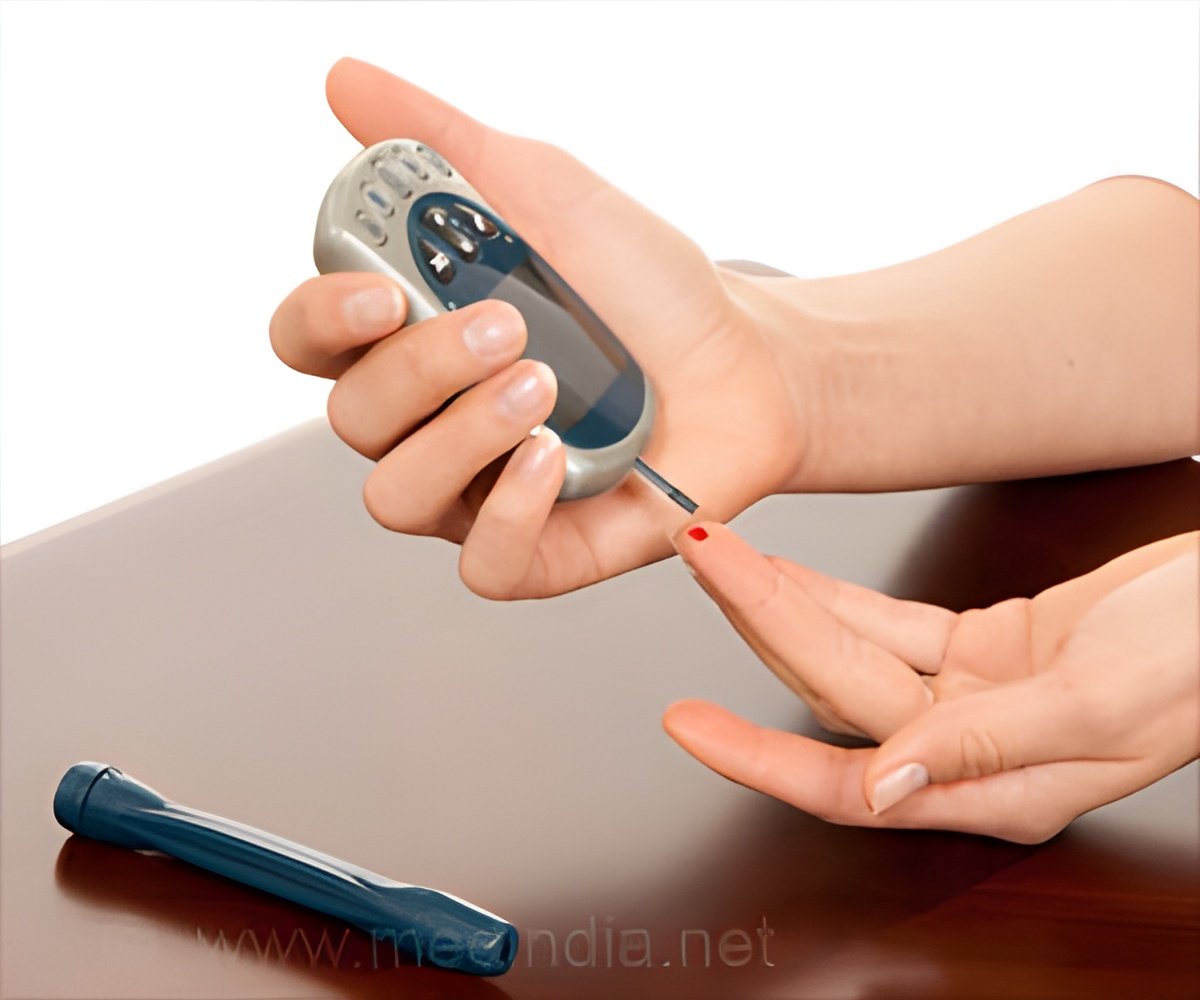
French researchers have developed a new drug delivery system that could reduce the dosing schedule of semaglutide, a type 2 diabetes and weight control medication, to just once a month. The findings will be presented at the European Association for the Study of Diabetes (EASD) annual meeting in Madrid (Sept 9-13). (1✔ ✔Trusted Source
European Association for the Study of Diabetes (EASD)
)
“GLP-1 agonist drugs have revolutionized type 2 diabetes care, but weekly injections can be a burden. A once-monthly shot could simplify treatment, improving adherence, quality of life, and reducing side effects and complications,” said lead author Dr. Claire Mégret of ADOCIA, Lyon, France, the biotechnology company behind the hydrogel.
Semaglutide: A Monthly Diabetes Breakthrough
Semaglutide works by mimicking the hormone glucagon-like peptide 1 (GLP-1), and is currently authorised for the treatment of type 2 diabetes patients with insufficient glycemic control and long-term weight management.
Clinical studies suggest that adherence to injected semaglutide is 39-67% for type 2 diabetes patients at one year [1a], and 40% for patients who take the drug for weight loss [1b]. Similarly, adherence to daily oral pill formulations is around 40% at one year.
Long-acting delivery formulations could increase drug efficacy and safety by maintaining steady drug levels in the body at optimal concentrations.
The new hydrogel delivery platform uses two innovative degradable polymers that are chemically bound to one another to form a gel, but allow slow, sustained release of soluble peptides over 1 to 3 months.
“A small dollop of gel, known as a ‘depot,’ of the semaglutide-laden hydrogel is injected under the skin,” explained Dr. Mégret. “The challenge is to formulate the hydrogel to entrap the peptides to limit initial burst (early release) of semaglutide molecules and, at the same time, to allow smooth release and controlled dissolving of the gel over one month, without generating toxic molecules.”
Advertisement
Several formulations of the hydrogel were tested in vitro to investigate the drug release rate, duration of action, and semaglutide load to define the best candidate.
The researchers found that the hydrogel could be easily injected using an off-the-shelf needle. Additionally, the gel started forming within minutes of mixing, ensuring sufficient time for the injection while minimising spread at the injection site, so that the depot is small enough to be comfortable and inconspicuous.
Advertisement
In vitro drug release assessments for all formulations showed extended and constant release rates over 1 to 3 months. The researchers also found that the release duration could be tailored through optimisation of the hydrogel properties and loading.
The hydrogel-semaglutide formulation was also tested in six laboratory rats. In the rats, a single injection of the hydrogel-based therapy, showed limited burst (early release) and a regular release over a one-month period.
Importantly, the hydrogel was well tolerated with no inflammatory reaction over the treatment period.
“Our pre-clinical results demonstrate that the regular, slow release of semaglutide over one month after administering a single dose, with limited early release, is achievable. Next we will be testing the hydrogel platform in pigs, whose skin and endocrine systems are most similar to those in humans. If that goes well, we will move forward the platform development by expecting clinical trials within the next few years,” said Dr Mégret.
Reference:
- European Association for the Study of Diabetes (EASD) – (https://www.easd.org/)
Source-Eurekalert



